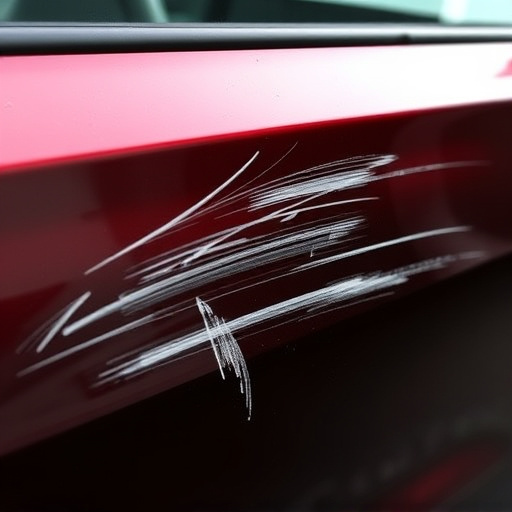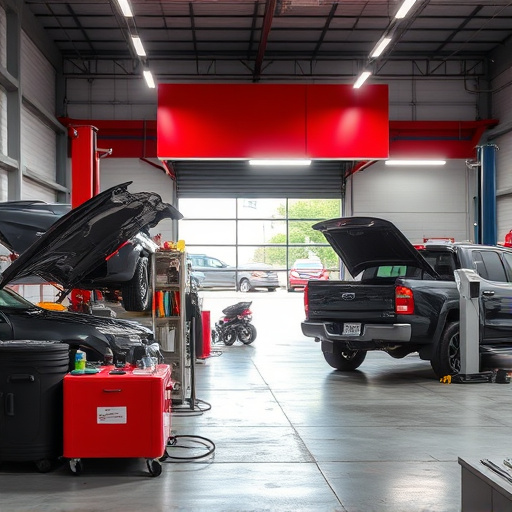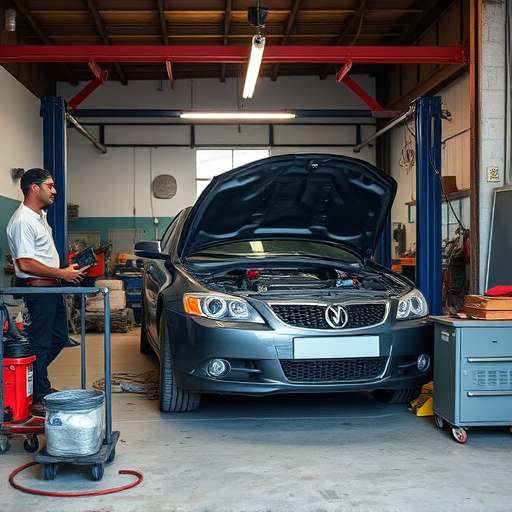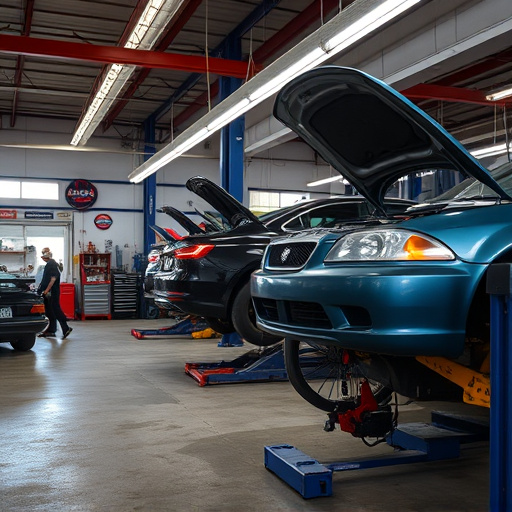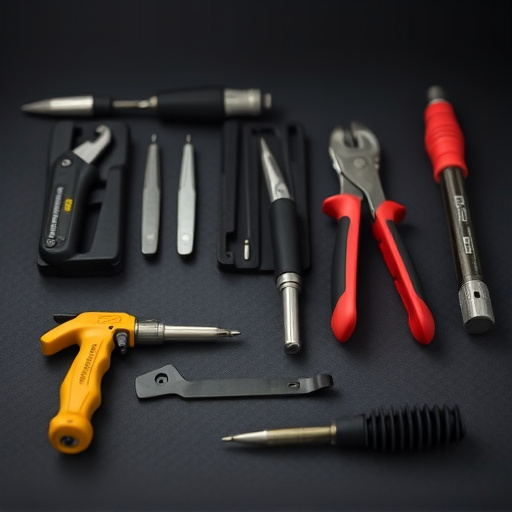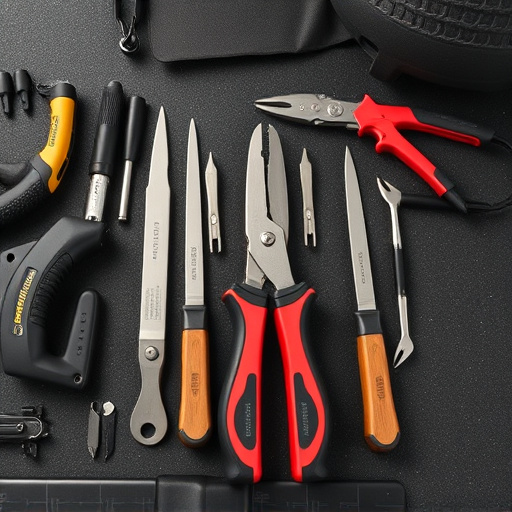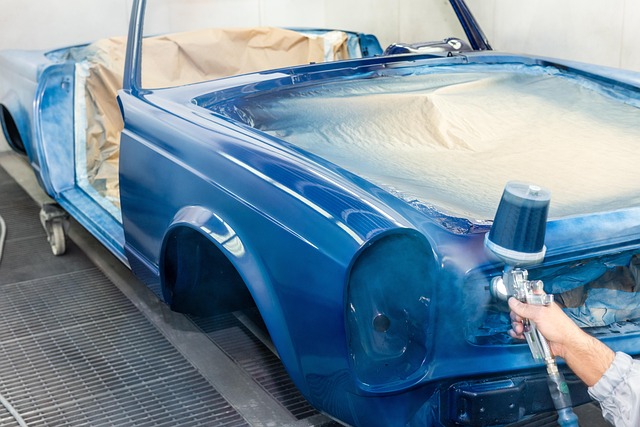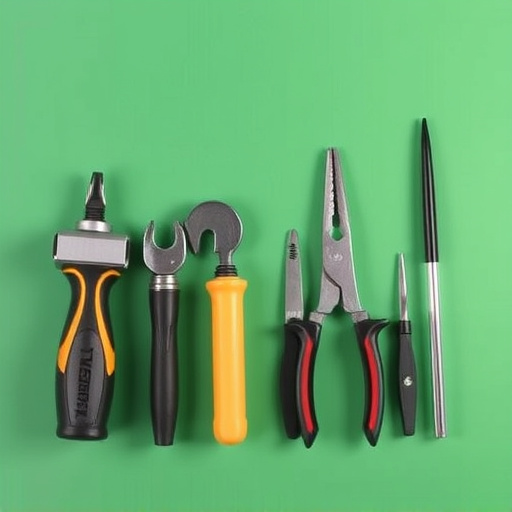Out-of-Pocket Repair Costs: Key Factors and Management Strategies
Out-of-pocket repair costs vary based on damage extent, repair complexity (e.g., tire replacements vs. engine repairs), part type (genuine vs. aftermarket), vehicle age, location, insurance coverage, and shop fees. Proactive maintenance like regular checks and timely part replacements can prevent minor issues from becoming costly. Setting aside an emergency fund specifically for car repairs acts as a financial safety net. Exploring DIY solutions for simple bodywork repairs can further reduce costs.
“Out-of-pocket repair costs can catch homeowners off guard, but armed with knowledge, you can steer clear of financial surprises. This essential guide delves into the intricacies of understanding and managing these expenses. From grasping the basic concepts to exploring factors influencing cost variability, we equip you with strategies to navigate unexpected repairs confidently. By the end, you’ll be empowered to make informed decisions and minimize the financial impact of out-of-pocket repair costs.”
- Understanding Out-of-Pocket Repair Costs: The Basics
- Factors Influencing Out-of-Pocket Expenses
- Strategies to Manage and Minimize Unexpected Repair Costs
Understanding Out-of-Pocket Repair Costs: The Basics

Out-of-pocket repair costs refer to the expenses that vehicle owners are responsible for covering during the repair process. These costs can vary widely depending on several factors, including the extent of damage, the complexity of repairs required, and whether the vehicle needs replacement parts or specialized services like auto frame repair or collision repair. Understanding these costs is crucial when dealing with car repair services, as it helps owners budget effectively and make informed decisions.
When a vehicle experiences damage, whether from an accident or routine wear and tear, the first step in the repair process involves assessing the damage. This evaluation determines the scope of work needed, which directly impacts out-of-pocket expenses. Simple fixes like replacing a flat tire or changing a battery are typically more affordable. In contrast, complex procedures such as engine repairs or extensive body work at a collision repair center can result in significantly higher out-of-pocket repair costs.
Factors Influencing Out-of-Pocket Expenses
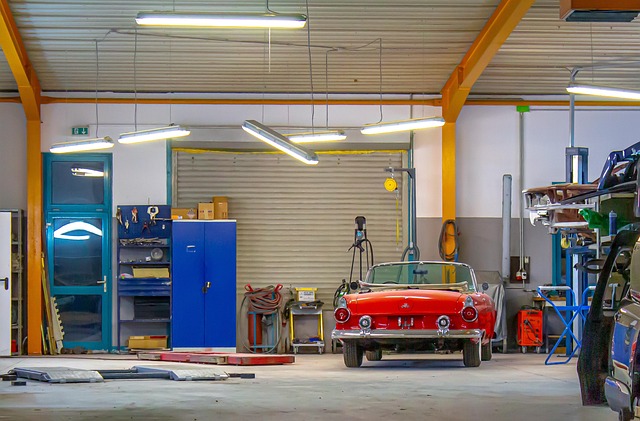
Several factors significantly influence out-of-pocket repair costs, which can vary greatly depending on the extent of damage and the type of vehicle. Firstly, the complexity of repairs plays a crucial role; intricate tasks like frame straightening or auto body restoration usually incur higher expenses due to specialized equipment and skilled labor required. Secondly, the cost of parts is another critical aspect; genuine manufacturer parts are generally more expensive than aftermarket alternatives, directly impacting the overall repair bill. Additionally, the age and make of the vehicle can factor in, as older models might have scarce or pricier replacement parts.
Other considerations include location, as labor rates vary across regions, and insurance coverage, which may cover a significant portion of repairs. Some shops also charge different rates for diagnostic fees, shop rate (the cost per hour of labor), and parts. It’s essential to understand these variables to get an accurate estimate and effectively manage one’s out-of-pocket repair costs, especially when considering options like auto bodywork or frame straightening.
Strategies to Manage and Minimize Unexpected Repair Costs
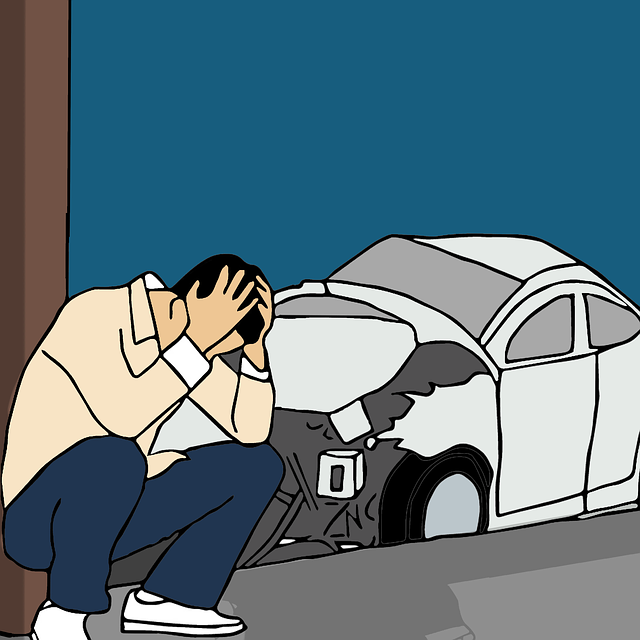
Managing and minimizing unexpected out-of-pocket repair costs is crucial for maintaining a healthy financial lifestyle. One effective strategy is proactive maintenance. Regular checks and servicing can prevent minor issues from escalating into costly repairs. For instance, keeping an eye on tire pressure, fluid levels, and battery health can go a long way in avoiding sudden breakdowns. Additionally, ensuring timely replacement of worn-out parts, such as brakes or filters, can significantly reduce future repair bills.
Another approach is to be prepared for the unexpected by setting aside a dedicated emergency fund specifically for car-related repairs. This buffer ensures that you’re not financially hindered when an issue arises. Furthermore, exploring DIY solutions for simple car bodywork repairs, like minor scratches or dents, can save substantial costs. While vehicle restoration projects require professional expertise, small fixes around the home can be cost-effective alternatives to immediate dealership visits.
Out-of-pocket repair costs can be a significant financial burden, but with proper understanding and strategic planning, you can navigate these expenses effectively. By recognizing the factors that influence these costs and employing management strategies, individuals can minimize unexpected repairs and better prepare for potential maintenance challenges. Armed with this knowledge, you’ll be empowered to make informed decisions regarding your property’s upkeep, ensuring a smoother and less stressful experience.
